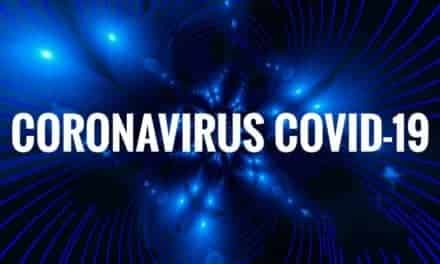Radiation doses to the heart that occur during radiation therapy treatments for lung cancer, breast cancer, and lymphoma may increase fatigue and cause difficulty breathing in cancer patients, according to research presented at the American College of Cardiology (ACC)’s Advancing the Cardiovascular Care of the Oncology Patient course in Washington, D.C. last week. However, engaging in more physical activity prior to treatment may improve these symptoms.
Sheela Krishnan, MD, a cardiologist for the Hospitals of the University of Pennsylvania-Penn Presbyterian, and colleagues examined 130 patients with either breast cancer, lung cancer, or mediastinal lymphoma who were treated with radiation to the chest and assessed thoracic radiation therapy as it impacted quality of life. The researchers collected data before radiation therapy was administered, immediately after the patient had received therapy, and five to nine months after the completion of radiation therapy.
Results showed that lung cancer and lymphoma participants reported an increase in fatigue and dyspnea immediately post-radiation therapy, which later improved. Breast cancer participants, on the other hand, reported significant increases in physical activity and decrease in fatigue over time. In this group, results showed a nonsignificant trend toward increased fatigue with increasing radiation dose.
The authors note that when a patient is treated with thoracic radiation therapy, it can have a negative impact on their quality of life early on. However, engaging in higher levels of physical activity before treatment was found to improve some of these symptoms over time. Furthermore, the authors discovered that for all participants, accounting for the differences in chemotherapy and radiation dose they received, increases in physical activity over time were significantly associated with concurrent improvements in fatigue and shortness of breath.
“While our study is a small study, it suggests that high levels of physical activity prior to initiation of radiation therapy for cancer are associated with better physical functioning and quality of life with cancer treatment,” Krishnan says. “Additional work is still needed to understand the types and timing of exercises that can bring about the greatest benefit.”






